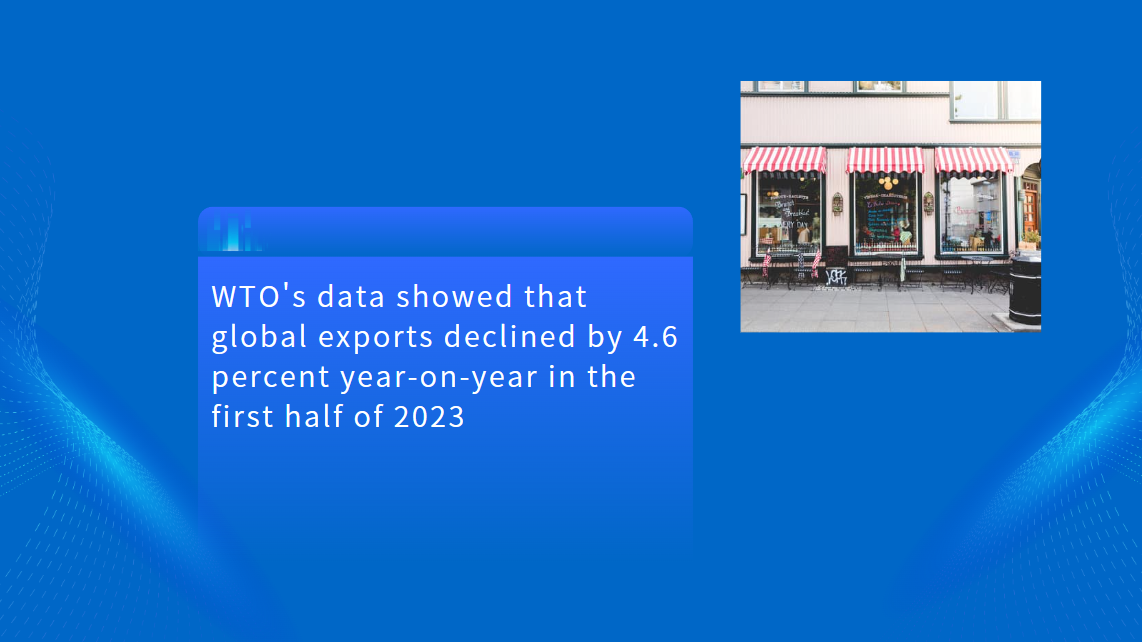China's Aggregate Financing to the Real Economy: Key Insights from March 2025
As of March 2025, China's outstanding aggregate financing to the real economy (AFRE) reached a total of RMB 422.96 trillion, marking an 8.4% year-on-year increase. This figure, compiled by China's central bank (PBOC) and related authorities, reveals important trends within China's financial ecosystem and offers insights into the evolving relationship between financial institutions and the real economy. These insights are particularly valuable for foreign investors, multinational firms, and financial institutions navigating the Chinese market.

Key Financing Figures: Shifting Dynamics
The breakdown of AFRE highlights several important developments:
·RMB Loans: The largest component of AFRE, RMB loans to the real economy, reached RMB 262.18 trillion, reflecting a 7.2% year-on-year increase. Despite this growth, RMB loans now represent 62% of total financing, down by 0.7 percentage pointscompared to last year. This indicates a gradual diversification away from traditional lending channels.
·Foreign Currency-Denominated Loans: The outstanding foreign currency loans, in RMB terms, amounted to RMB 1.19 trillion, representing a sharp 34.5% year-on-year decline. This decrease signals a retreat in foreign currency-based financing, possibly driven by shifting global economic conditions, exchange rate fluctuations, or changes in foreign demand for Chinese debt.
·Corporate Bonds: The issuance of corporate bonds increased by 2.4%, reaching RMB 32.59 trillion. This reflects a steady growth in corporate borrowing through bond issuance, suggesting confidence in China's corporate sector despite fluctuating financing conditions.
·Government Bonds: A standout figure in this report is the growth in government bonds, which surged 19.4% year-on-year, reaching RMB 84.96 trillion. This indicates a strong government demand for financing, which could be tied to large-scale infrastructure projects or fiscal stimulus initiatives.
·Domestic Equity of Non-Financial Firms: The total of domestic equity of non-financial firms stood at RMB 11.82 trillion, increasing by 2.7%. This suggests stable growth in China's equity markets, particularly in the non-financial corporate sector.

Financial Structure and Investment Trends
By the end of March 2025, the composition of AFRE showed the following shifts:
·Government Bonds: Now accounting for 20.1%of the total AFRE, government bonds saw a significant 1.9 percentage point increase. This trend is indicative of the government's growing reliance on debt financing, which may be linked to ongoing economic stimulus efforts or the funding of public infrastructure projects.
·Corporate Bonds: With 7.7%of the total AFRE, corporate bonds experienced a 0.5 percentage point decrease in its share. This suggests a slight shift away from corporate borrowing through bonds, potentially in favor of other financing options.
·Foreign Currency Loans: Foreign currency loans have dropped to only 0.3%of AFRE, a decline of 0.2 percentage points compared to the previous year. This shrinking proportion underscores the declining reliance on foreign-denominated financing in China's real economy.
Implications for International Investors
For foreign investors, this report signals several key takeaways and areas for strategic focus:
Diversification in Financing Sources: The decline in foreign currency loans and the growing share of government bonds point to a shift in China's financing structure. This could affect international investment strategies, particularly for firms relying on foreign currency debt or seeking to engage in cross-border transactions.
Government Bond Market: The 19.4% growth in government bonds highlights an increasing role for sovereign debt. Foreign investors looking for stable, long-term returns may find opportunities in China's bond market, especially as the government continues to rely on debt for infrastructure development and fiscal programs.
Corporate Bond Market: Despite a decrease in its relative share, the steady growth in corporate bonds suggests ongoing investment opportunities in China's private sector, particularly for those interested in financing or investing in corporate debt.
RMB Loans: The continued dominance of RMB loans for financing the real economy emphasizes the importance of the Chinese currency and its role in China's domestic financial systems. International banks and foreign financial institutions may need to adjust their strategies to account for the growing role of domestic capital.
Statistics From PBOC





















































First, please LoginComment After ~